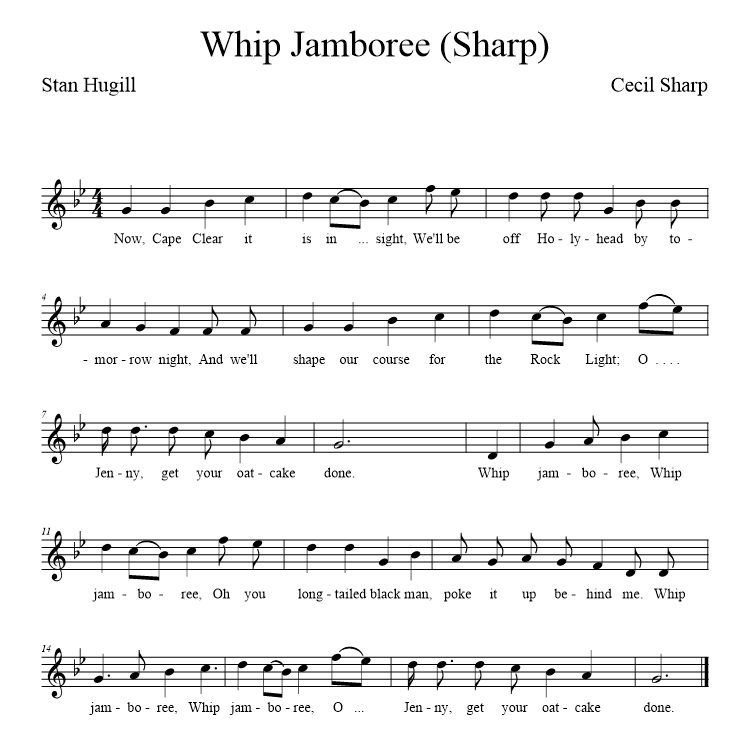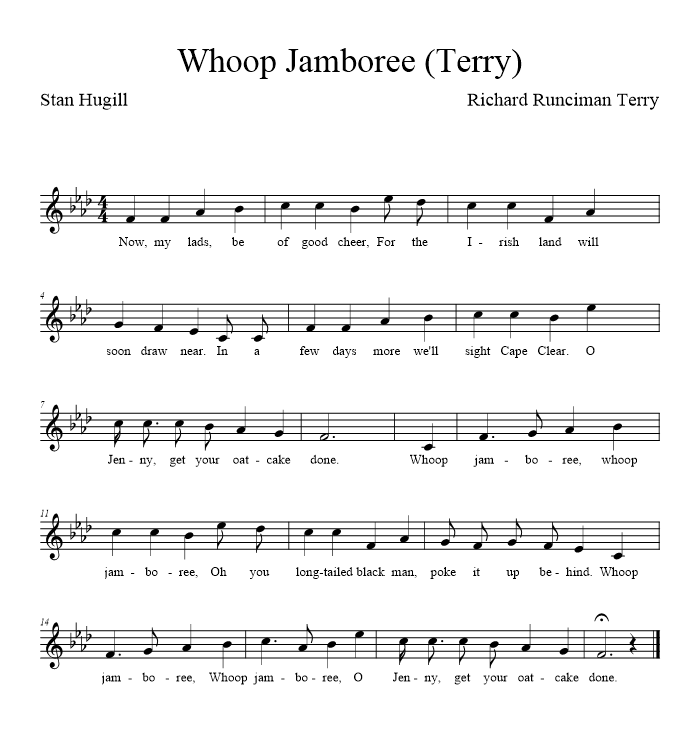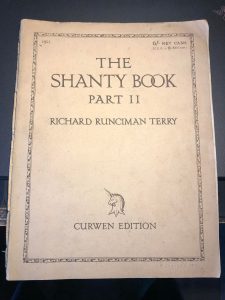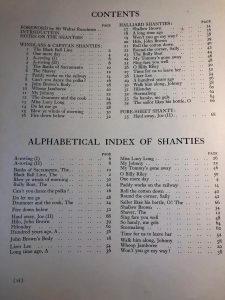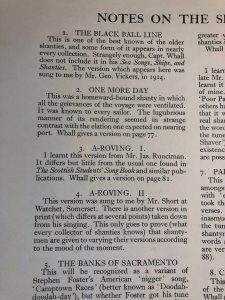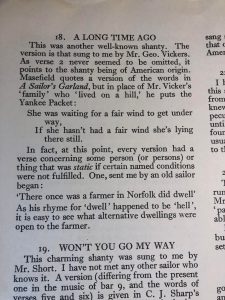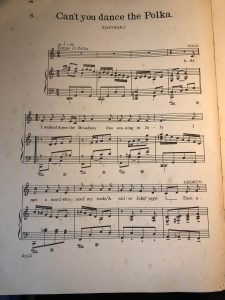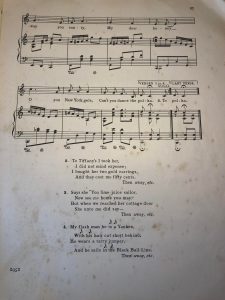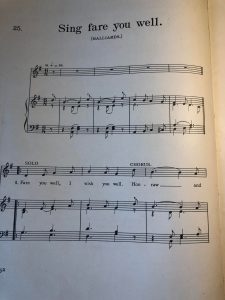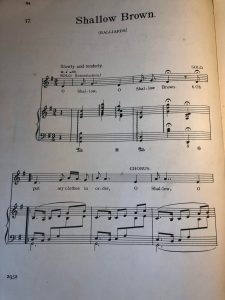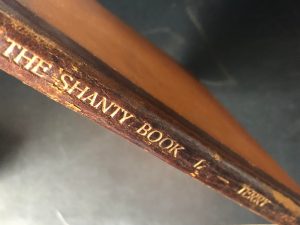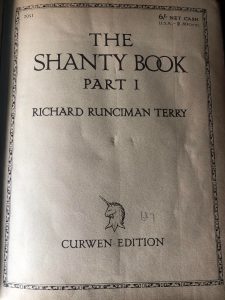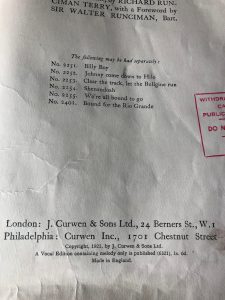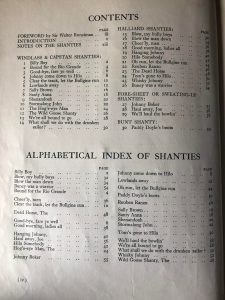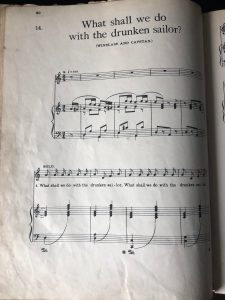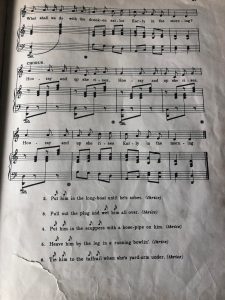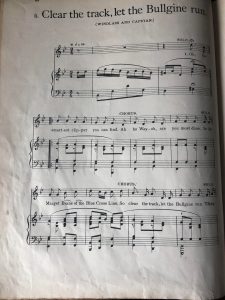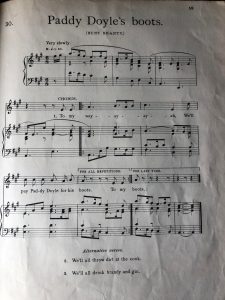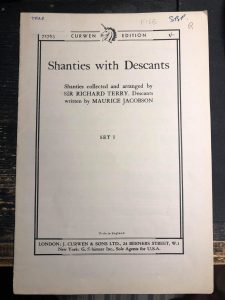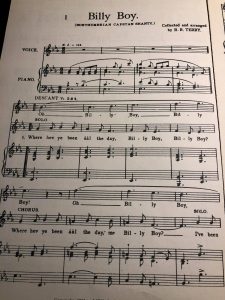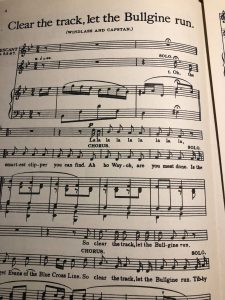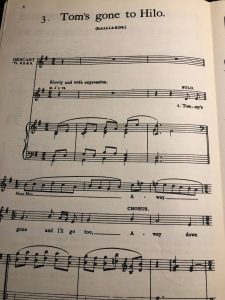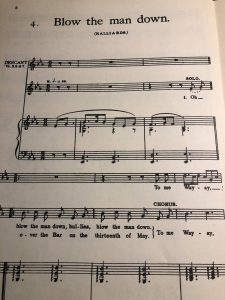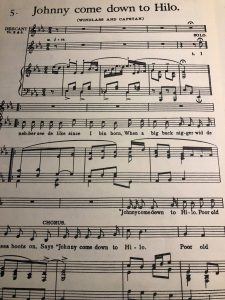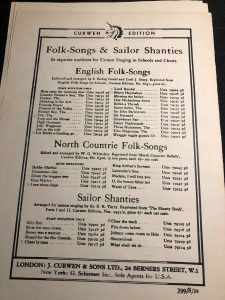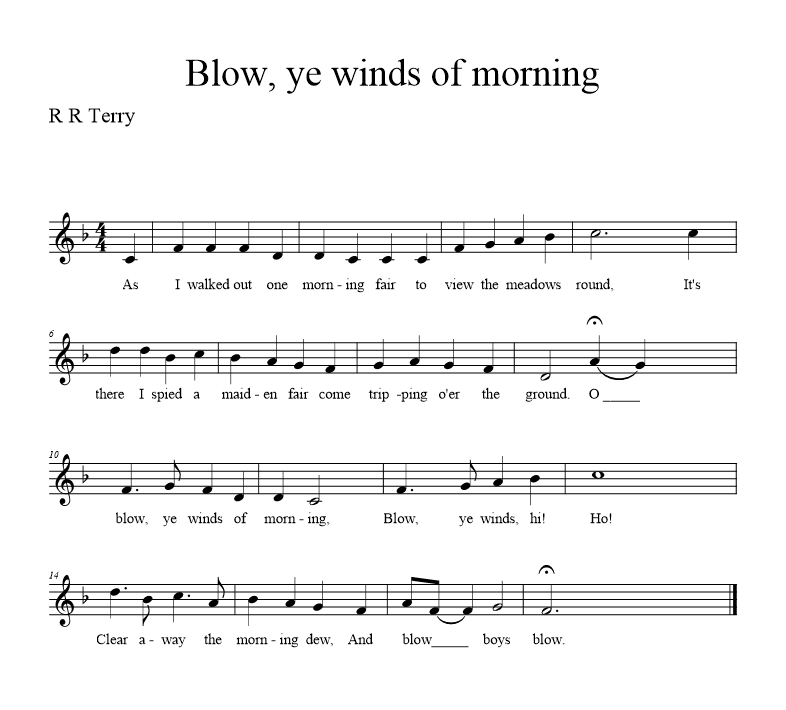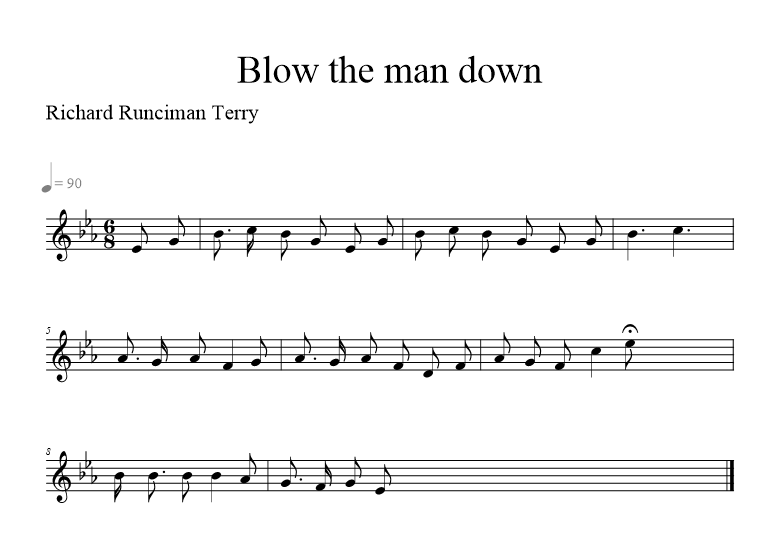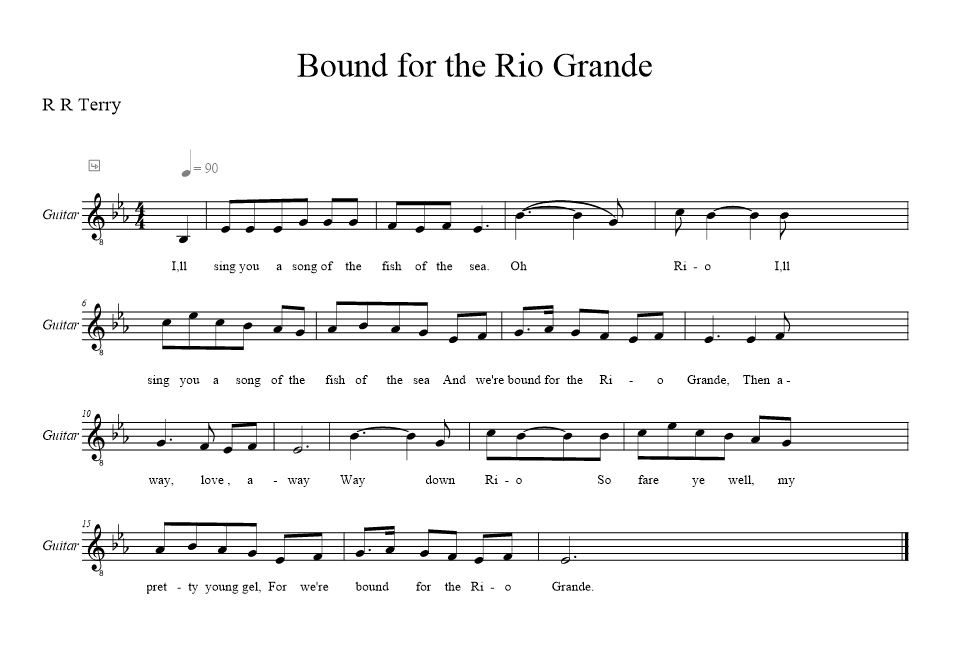Interesting Facts about the Round The Corner Sally (Terry)
“Round The Corner Sally (Terry)” – the halyard song mentioned by Dana in his “Two Years Before Mast”.
This version mentioned by Stan Hugill comes from “The Shanty Book Part II” (1926) by Richard Runciman Terry. This song was Sung to Terry by one of the most famous shantymen, Mr. John Short of Watchet. In the description, we can read:
” … The first verse, as I took it down from him, had three lines for the soloist. As I knew only one other hauling shanty with this peculiarity (“Cheer’ly men”) I bided my time until Mr. Short had sung other verses. I then found that these verses were in “couplets” (the usual hauling form). I have, therefore, adhered to the couplet from throughout.”
The song will be reconstructed by myself as the halyard shanty.
The source of this sea shanty
The music: “The Shanty Book part II” (1926) – Richard Runciman Terry.
The lyrics: “The Shanty Book part II” (1926) – Richard Runciman Terry.
Mentioned in: “Shanties from the Seven Seas” by Stan Hugill (1st ed: p 390).
The Record of the Round The Corner Sally (Terry)
You also can find this record on my YouTube channel here or directly listen below. Additionally, if you want to share your opinion about the record or share your opinion you can do it in my Facebook forum here, or leave a comment at the bottom of this blog article.
The musical notation
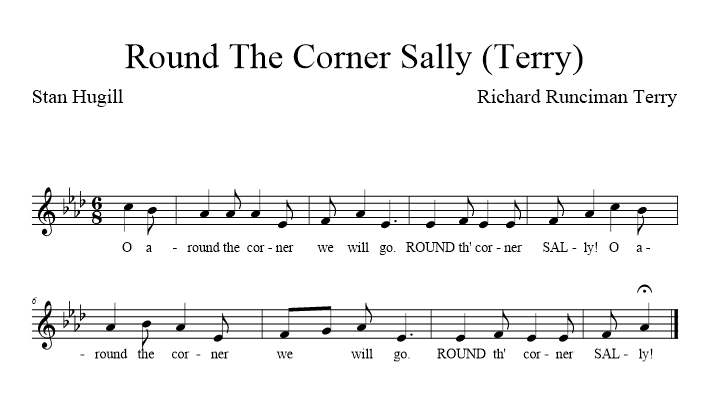
And the full lyrics
Round The Corner Sally
O around the corner we will go.
– ROUND th’ corner SAL-ly!
O around the corner we will go.
– ROUND th’ corner SAL-ly!
* 2 *
To Madam Gashee’s we all will go,
For Madamoiselle you all do know.
* 3 *
O Madamoiselle we’ll take her in tow,
We’ll take her in tow to Callao
* 4 *
O I wish I was at Madam Gashee’s,
It’s there we’ll sit and take our ease.



